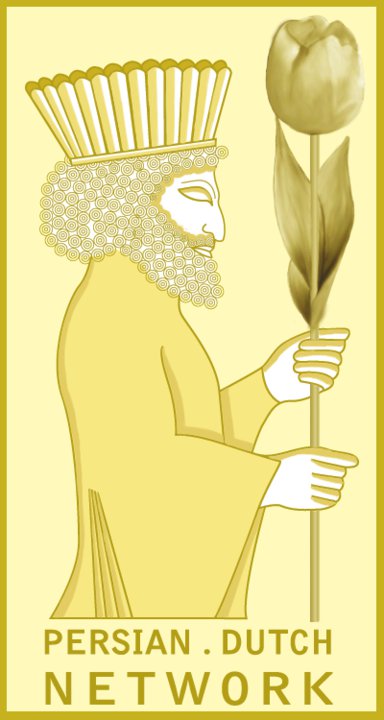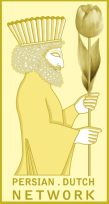AMSTERDAM (PDN) – The National Museum of the Netherlands (Rijksmuseum) has purchased a magnificent Persian miniature, dating back to ca. 1620. According to Jan de Hond, a curator at the museum, “this work is the oldest known Persian miniature in a 17th century Dutch collection”. The monetary value of the miniature has not been disclosed.

The miniature (17,5 x 11,8 cm), drawn by an anonymous artist in Isfahan, the capital of Persia (Iran) in the Safavid era (16-17th centuries), portrays an elegantly dressed young man in conversation with a drunken dervish gazing longingly at him. The picture is surrounded by a wide border depicting a herd of deer fleeing a tiger. The age of this miniature has been estimated from the stamps embossed on its back, which matches the time of the Dutch East India Company’s first excursion to Persia when establishing a silk trade outpost.
There is a cryptic note in old Dutch handwriting on the back of the miniature “kalarat en sijne mat”, whose exact meaning is still unknown. The curator Jan de Hond believes “this note proves that the miniature was already in a Dutch collection in the 17th century”.
According to the Dutch daily Volkskrant, there are two other rare Persian miniatures in the Rijksmuseum collection that are also tagged with a Dutch note on their back, but they are almost a century younger. However, as de Volkskrant states: “The quality of those miniatures are much lower than the recently purchased one and were probably souvenirs made to target the foreign traveler market”.

This rare miniature was created in one of the most glorious eras of Persian history after the Arab invasion in the 7th century AD. The patronage of various Safavid kings enabled Persian artists to create magnificent works which can now be viewed in many world-class museums.
SEE ALSO:
THE PERSIANS: WARRIORS & POETS | Exhibition at Rotterdam’s World Museum
- Join the Facebook Page of ‘Persian Dutch Network‘ >> TWITTER / TELEGRAM
- FREE NEWSLETTER? Send an e-mail to info [at] persiandutch.com


